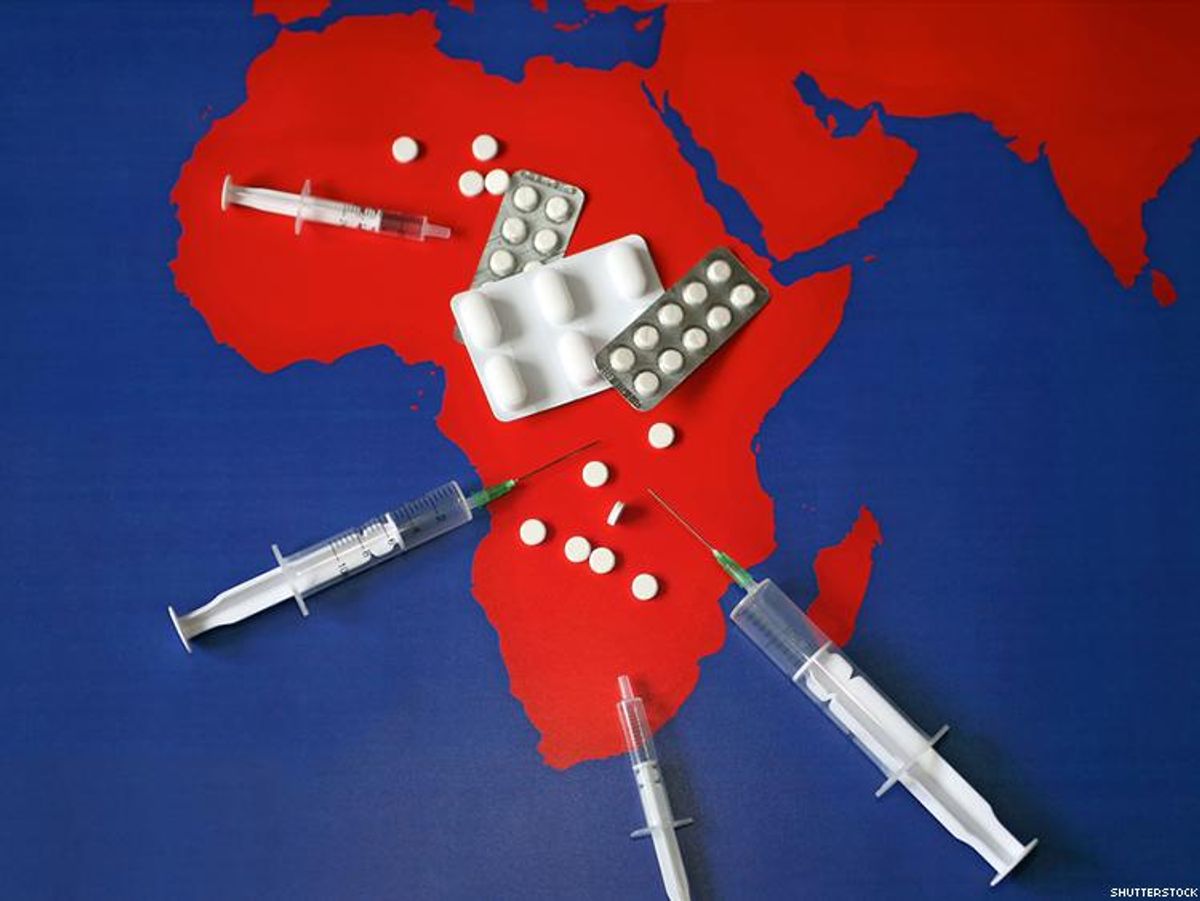Treatment
Treatment As Prevention Is Harder in Sub-Saharan African

A new map shows that most people living with HIV in certain parts of sub-Saharan Africa are dispersed in the countryside, making them harder to treat.
May 15 2017 1:00 AM EST
By continuing to use our site, you agree to our Privacy Policy and Terms of Use.

A new map shows that most people living with HIV in certain parts of sub-Saharan Africa are dispersed in the countryside, making them harder to treat.
Researchers at University of California Los Angeles developed a map highlighting concerns on whether the United Nations strategy “90-90-90” to help eliminate HIV in certain parts of sub-Saharan Africa might work.
The “90-90-90 goal” seeks to have 90 percent of the population know their status, 90 percent of HIV-positive people suppress their viral load to undetectable levels (which makes it impossible to transfer the virus to others), and vows to have 90 percent of HIV-positive people on treatment — all by 2020.
While treatment as prevention is an excellent strategy to help end the drastic new diagnoses rates, new research at UCLA calls it into question. Sally Blower, a professor at UCLA’s David Geffen School of Medicine, said that for treatment as prevention to work it must account for the “geographic dispersion of people infected with HIV.”
In particular, Blower’s new study looks at Lesotho, a country where nearly a quarter of the population is HIV-positive — one of the highest in the world, reports Inside Science. Her team used satellite data, census data, and HIV testing data and found that most people living with the virus were actually dispersed in the countryside, not in large urban cities. This makes it much harder to find people and deliver treatment.
The new research shows it will be harder and more expensive to provide treatment for HIV-positive people who are so rural and dispersed, but not impossible! But it does put a damper on the UNAIDS’ optimistic approach suggesting that if more people are put on treatment, the treatment will become cheaper.
And as 90-90-90 continues to roll out, experts are considering this newfound research in their shared approach.
Carl Dieffenbach, director of the Division of AIDS at the National Institute of Allergy and Infectious Diseases (NIAID) in Bethesda, Maryland, said, "Ultimately there isn't a one-size-fits-all answer for this. Each epidemic is different, and each country has its challenges.”
Look at the map below, created by Blower and her team, which shows the percentage of HIV-positive people aged 15-49 years in Lesotho.
Photo Credit: Justin T. Okano